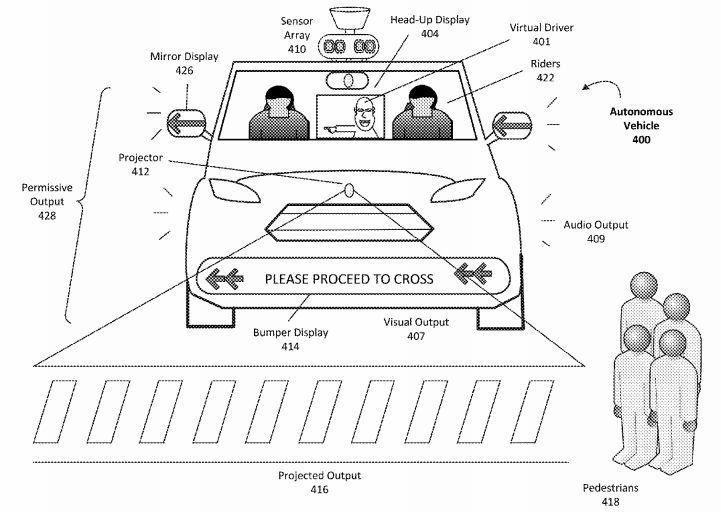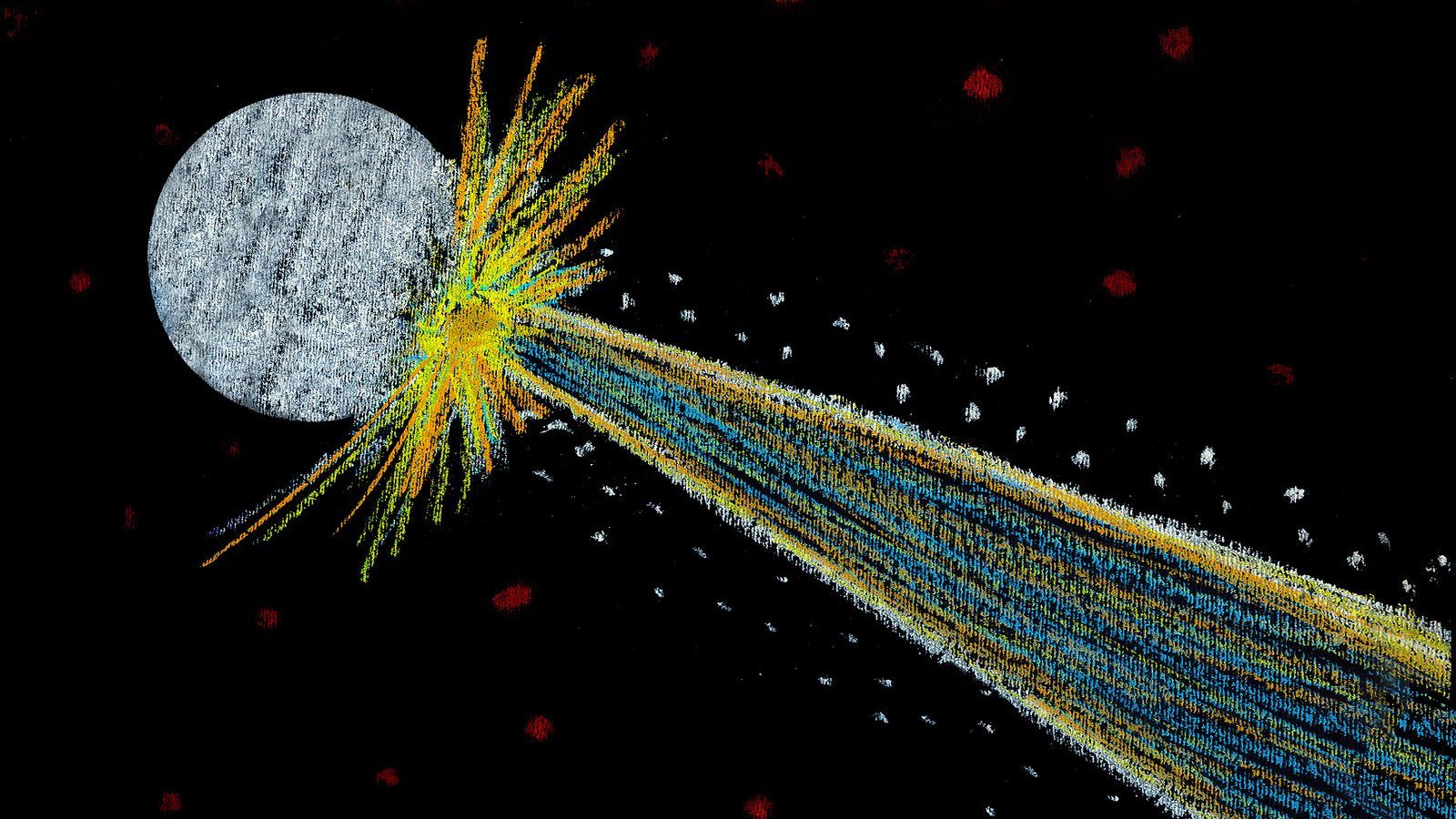Mar 18, 2018
How Light and Genetics may Treat Brain Disorders in the Future
Posted by Genevieve Klien in categories: biotech/medical, genetics, neuroscience
Imagine being able to treat neurodegenerative diseases and mental disorders such as Alzheimer’s disease, Parkinson’s, epilepsy, PTSD, depression, and anxiety with non-invasive light-based therapy. This is the quest of pioneering scientists and researchers in optogenetics, an emerging field in biotechnology that uses light to control cells in living tissues such as neurons, in order to study brain function.
British Nobel laureate Francis Crick of The Salk Institute for Biological Studies in La Jolla, California put forth the concept of the ability to turn the firing of “one or more types of neuron on and off in the alert animal in a rapid manner” by using light as “the ideal signal” in his paper “The impact of molecular biology on neuroscience” published in Philosophical Transactions of the Royal Society B in 1999. Crick noted that his concept might be somewhat “far-fetched.” Yet as improbable as it would seem to the brightest minds in science before the turn of the century, this idea was proven in a little over half a decade.
In optogenetics, scientists add genetic code to target tissue, typically a neuron, which enables it to make light-responsive proteins called opsins. Gero Miesenböck and Boris Zemelman published a study in 2002 titled “Selective photostimulation of genetically charged neurons” in Neuron. They used opsin from the retina of a fruit fly to make a neuron light-sensitive. A year later, they demonstrated the use of heterologous proteins to sensitize neurons to light [1]. Peter Hegemann, Georg Nagel and other researchers published their discovery of phototaxis and photophobic responses of green algae in 2002 [2]. In August 2005, MIT neuroscientist Ed. Boyden, PhD, along with Karl Deisseroth, Feng Zhang, Georg Nagel, and Ernst Bamberg published in Nature Neuroscience a landmark breakthrough in optogenetics, “Millisecond-timescale, genetically targeted optical control of neural activity.
Continue reading “How Light and Genetics may Treat Brain Disorders in the Future” »


















